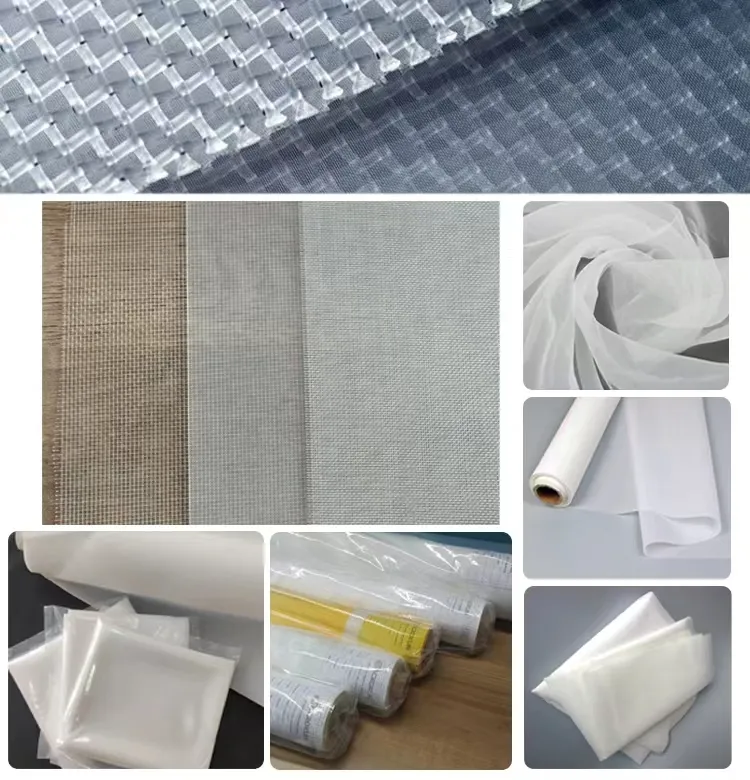-
 Afrikaans
Afrikaans -
 Albanian
Albanian -
 Amharic
Amharic -
 Arabic
Arabic -
 Armenian
Armenian -
 Azerbaijani
Azerbaijani -
 Basque
Basque -
 Belarusian
Belarusian -
 Bengali
Bengali -
 Bosnian
Bosnian -
 Bulgarian
Bulgarian -
 Catalan
Catalan -
 Cebuano
Cebuano -
 China
China -
 Corsican
Corsican -
 Croatian
Croatian -
 Czech
Czech -
 Danish
Danish -
 Dutch
Dutch -
 English
English -
 Esperanto
Esperanto -
 Estonian
Estonian -
 Finnish
Finnish -
 French
French -
 Frisian
Frisian -
 Galician
Galician -
 Georgian
Georgian -
 German
German -
 Greek
Greek -
 Gujarati
Gujarati -
 Haitian Creole
Haitian Creole -
 hausa
hausa -
 hawaiian
hawaiian -
 Hebrew
Hebrew -
 Hindi
Hindi -
 Miao
Miao -
 Hungarian
Hungarian -
 Icelandic
Icelandic -
 igbo
igbo -
 Indonesian
Indonesian -
 irish
irish -
 Italian
Italian -
 Japanese
Japanese -
 Javanese
Javanese -
 Kannada
Kannada -
 kazakh
kazakh -
 Khmer
Khmer -
 Rwandese
Rwandese -
 Korean
Korean -
 Kurdish
Kurdish -
 Kyrgyz
Kyrgyz -
 Lao
Lao -
 Latin
Latin -
 Latvian
Latvian -
 Lithuanian
Lithuanian -
 Luxembourgish
Luxembourgish -
 Macedonian
Macedonian -
 Malgashi
Malgashi -
 Malay
Malay -
 Malayalam
Malayalam -
 Maltese
Maltese -
 Maori
Maori -
 Marathi
Marathi -
 Mongolian
Mongolian -
 Myanmar
Myanmar -
 Nepali
Nepali -
 Norwegian
Norwegian -
 Norwegian
Norwegian -
 Occitan
Occitan -
 Pashto
Pashto -
 Persian
Persian -
 Polish
Polish -
 Portuguese
Portuguese -
 Punjabi
Punjabi -
 Romanian
Romanian -
 Russian
Russian -
 Samoan
Samoan -
 Scottish Gaelic
Scottish Gaelic -
 Serbian
Serbian -
 Sesotho
Sesotho -
 Shona
Shona -
 Sindhi
Sindhi -
 Sinhala
Sinhala -
 Slovak
Slovak -
 Slovenian
Slovenian -
 Somali
Somali -
 Spanish
Spanish -
 Sundanese
Sundanese -
 Swahili
Swahili -
 Swedish
Swedish -
 Tagalog
Tagalog -
 Tajik
Tajik -
 Tamil
Tamil -
 Tatar
Tatar -
 Telugu
Telugu -
 Thai
Thai -
 Turkish
Turkish -
 Turkmen
Turkmen -
 Ukrainian
Ukrainian -
 Urdu
Urdu -
 Uighur
Uighur -
 Uzbek
Uzbek -
 Vietnamese
Vietnamese -
 Welsh
Welsh -
 Bantu
Bantu -
 Yiddish
Yiddish -
 Yoruba
Yoruba -
 Zulu
Zulu
insect net
The Fascinating World of Insect Nets
Insect nets have become an essential tool for researchers, gardeners, and outdoor enthusiasts alike. These nets serve a multitude of purposes, from aiding in scientific research to protecting crops from pests. Understanding the various types and uses of insect nets can help us appreciate the critical role they play in both agriculture and ecology.
Insect nets, as the name suggests, are specialized nets designed to capture or exclude insects. They come in various forms, including passive traps, collecting nets used by entomologists, and protective barriers for crops. The materials used in these nets typically feature fine mesh that is capable of preventing small insects from passing through while still allowing air and sunlight to reach the plants beneath.
One of the primary applications of insect nets is in agriculture. Farmers often deploy these nets to shield their crops from insect damage. For instance, floating row covers made of lightweight fabric can be placed over seedlings to create a microclimate and protect them from pests like aphids, caterpillars, and other harmful insects. By using insect nets, farmers can reduce their reliance on chemical pesticides, leading to more sustainable farming practices. This method not only ensures healthier crops but also contributes to a cleaner environment.
insect net

In the realm of scientific research, entomologists utilize insect nets to study populations, behaviors, and habitats of various insect species. Collecting nets, which often come in the form of hand-held nets with long handles, are essential for trapping flying insects for further analysis. Researchers can examine the ecological role of these insects, assess biodiversity, and monitor changes in populations over time. Such studies are crucial for understanding ecosystems and can inform conservation efforts.
Insect nets also play a vital role in protecting human health. For instance, bed nets treated with insecticides are widely used in malaria-prone regions to deter mosquitoes. These nets offer a physical barrier to insects while also releasing chemicals that further discourage pest invasions. This public health strategy has proven effective in reducing the incidence of mosquito-borne diseases, thereby saving countless lives.
In addition to their practical applications, insect nets can foster a deeper connection with nature. Gardeners can use nets not only to protect their plants but also to observe the interactions between various insect species. This can lead to a greater understanding of the complex relationships within ecosystems. It also encourages a more mindful approach to gardening, as individuals begin to recognize the positive roles that many insects, such as pollinators, play in their gardens.
In conclusion, insect nets are invaluable tools that serve numerous purposes across different fields. Whether protecting crops in agriculture, supporting scientific research, or playing a crucial role in public health initiatives, these nets demonstrate the delicate balance between humans and insects in our ecosystems. By embracing the use of insect nets, we can promote sustainable practices, enhance our understanding of biodiversity, and work towards a healthier planet. As we continue to explore the fascinating world around us, let us not forget the importance of these simple yet impactful tools.
-
Shipping Plastic Bags for Every NeedNewsJul.24,2025
-
Safety Netting: Your Shield in ConstructionNewsJul.24,2025
-
Plastic Mesh Netting for Everyday UseNewsJul.24,2025
-
Nylon Netting for Every UseNewsJul.24,2025
-
Mesh Breeder Box for Fish TanksNewsJul.24,2025
-
Expanded Steel Mesh Offers Durable VersatilityNewsJul.24,2025











